In the world of DIY electronics and intricate crafting, mastering the art of soldering is both an essential and rewarding endeavor. However, one common challenge faced by enthusiasts and professionals alike is the risk posed by solder fumes. These fumes can be not only irritating but also potentially harmful if inhaled over prolonged periods. Recognizing the need for a solution that caters to both safety and comfort, we delve into the creation of the ultimate 6.7 fan-powered solder fume extractor—a DIY endeavor that promises to transform your working space into a smoke-free sanctuary.
### Understanding the Hazards of Solder Fumes
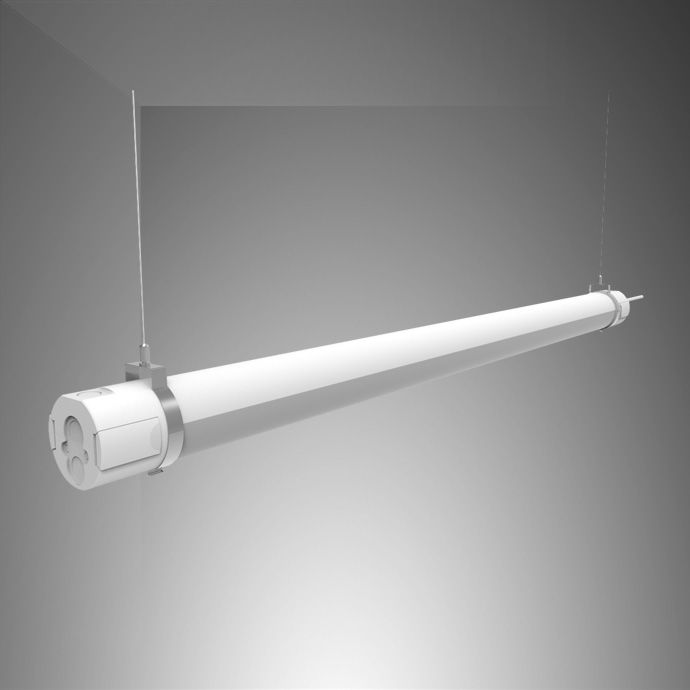
Soldering, though a seemingly simple process, involves the melting of solder wire to join metal components. This action releases fumes that often contain flux residue and metal oxides. While short-term exposure may result in minor irritation of the eyes, throat, and respiratory tract, prolonged exposure can lead to more severe health issues, such as asthma or other respiratory conditions. Therefore, creating an environment that minimizes or eliminates the inhalation of these fumes is crucial.
### The DIY Approach to Fume Extraction
While commercial fume extractors are available, they often come with a hefty price tag. As a resourceful DIY enthusiast, the goal is to build a cost-effective but efficient fume extractor that doesn’t compromise on performance. Enter the 6.7 fan-powered solder fume extractor.
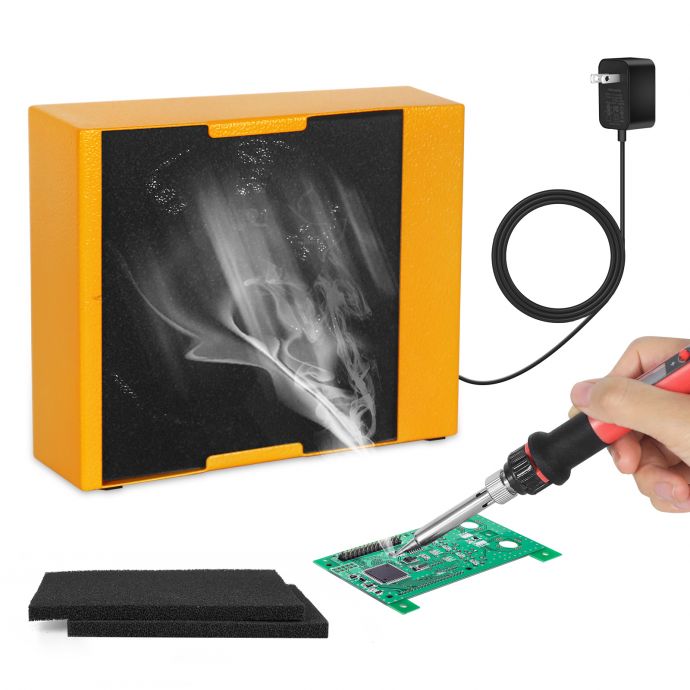
### Components and Tools Needed
To embark on this project, gather the following essential components and tools:
- **6.7-inch High-Powered Fan:** The core component, responsible for drawing in the fumes. Ensure it has a reliable airflow capacity.
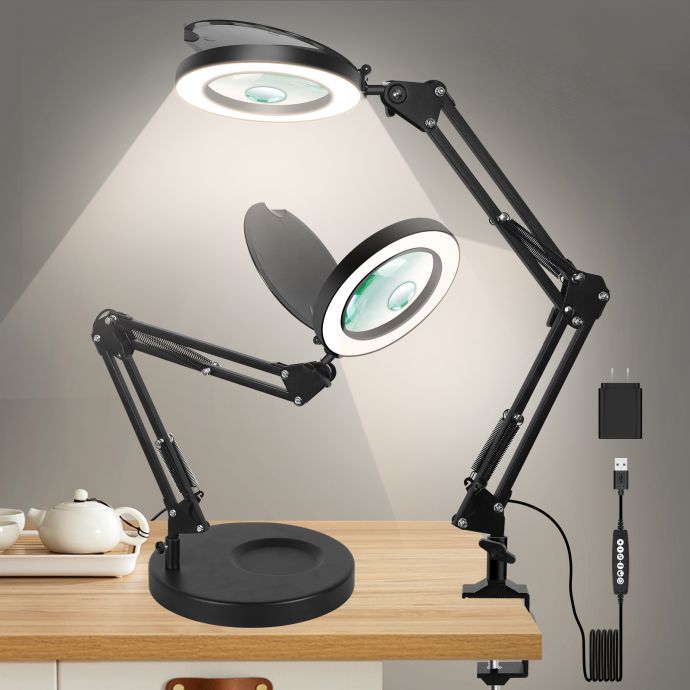
- **Activated Carbon Filter Pads:** Vital for trapping harmful particles and neutralizing odors from solder fumes.
- **Flexible Ducting:** To channel the fumes from your soldering station to the filtration system.
- **Fan Housing:** A container or casing to hold the fan and filters together. Consider using a durable plastic or metal box.
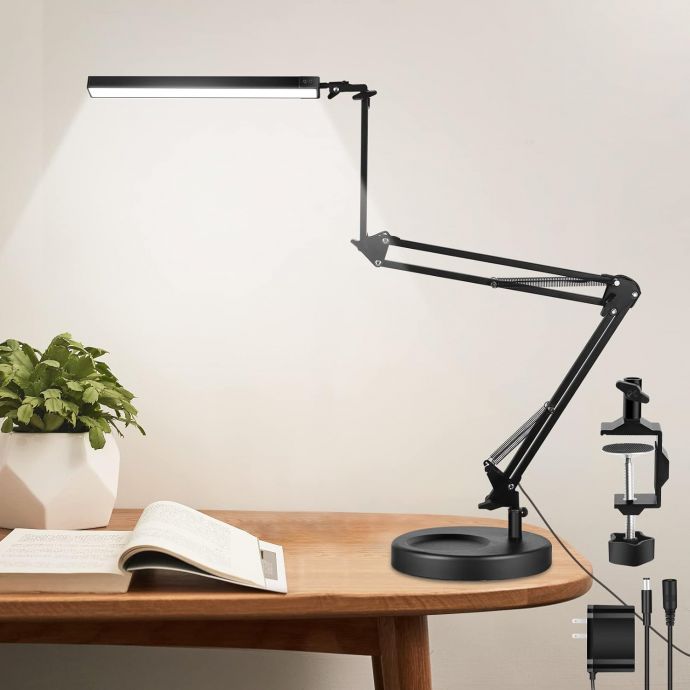
- **Power Supply:** Match the fan’s voltage requirements. This could be a direct plug-in adapter or a battery pack for portability.
- **Basic Tools:** Screwdrivers, a drill, glue gun, and wire cutter/stripper.
### Step-by-Step Construction

#### 1. **Designing the Structure**
Start by designing the layout. The fan will be the primary draw mechanism, so position it centrally within your chosen housing unit. This will ensure an even pull of air across the filtration media.
#### 2. **Assembling the Fan and Filter Unit**

Using a drill, create holes for mounting the fan inside the housing. The fan should be positioned such that it blows air outwards, ensuring that fumes are sucked in from the front. Secure the fan using screws.
Next, cut the activated carbon filter pads to size. Layer these behind the fan, ensuring that their surface area is adequately covered to capture maximum fumes. If desired, you can add multiple layers of filters for enhanced filtration efficiency.
#### 3. **Ducting Installation**
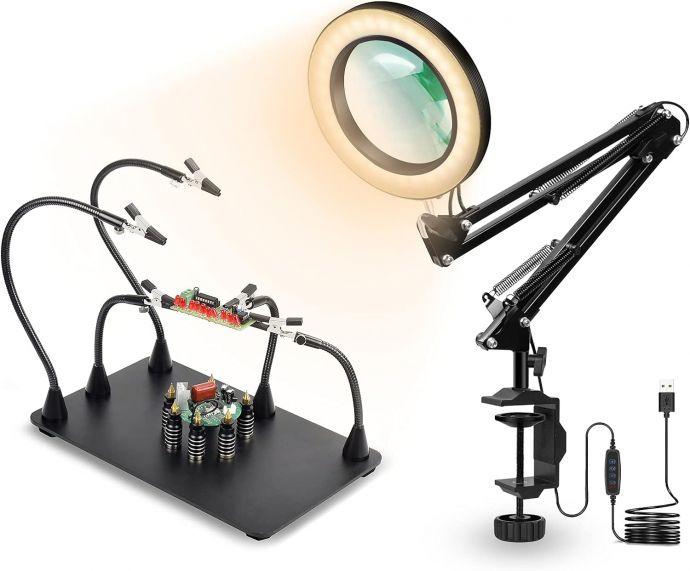
Attach the flexible ducting to the front of the fan. This ducting will direct the fume source to the fan, thereby maximizing the extraction process. Ensure that the ducting is long enough to easily reach across your work area but not so long as to obstruct the fume flow.
#### 4. **Power it Up**
Connect the power supply to the fan. If using a battery pack, ensure that it’s securely fastened within the housing to prevent movement.
#### 5. **Testing the System**
Before initiating a full-scale operation, test the fume extractor. Power up the fan and check for efficient airflow through the filters. Place your extractor near the soldering site and observe the suction capability. Adjust your setup as needed to optimize fume capture.
### Optimizing Efficiency and Maintenance
To ensure your DIY fume extractor remains functional and effective, regular maintenance is key. Replace activated carbon filters periodically, as they lose their effectiveness over time. Similarly, periodically check the fan for dust accumulation and clean as necessary to maintain airflow.
Consider positioning the system at an optimal height and proximity to your soldering activity. The closer and more directly aligned it is, the better it will be at capturing fumes at their source.
### Enhancements and Customizations
While the basic setup is effective, avid DIY enthusiasts might consider enhancements such as:
- **Variable Fan Speed Controller:** To adjust the suction power based on the intensity of your soldering work.
- **Lighting Attachments:** Adding LED strips within the housing can improve visibility at your workstation.
- **Noise Reduction:** Lining the housing with sound-dampening material can reduce operational noise.
### The Outcome: Your Smoke-Free Sanctuary
By building your own 6.7 fan-powered solder fume extractor, you create a healthier and safer environment that allows you to focus on the art of soldering without the distraction or risk of harmful fumes. This project not only underlines the ingenuity of DIY problem-solving but also exemplifies the intersection of cost-effectiveness and functional design.
In crafting this essential piece of equipment, you join a community of creators who value their health as much as their craft. Your dedication to creating a smoke-free workspace will not only foster a better soldering environment but also set a precedent for innovative DIY solutions in hobbyist circles.
As you switch on your hand-crafted fume extractor, you claim mastery over not just your tools but also your crafting environment, embodying the true spirit of a DIY genius. Happy soldering!









